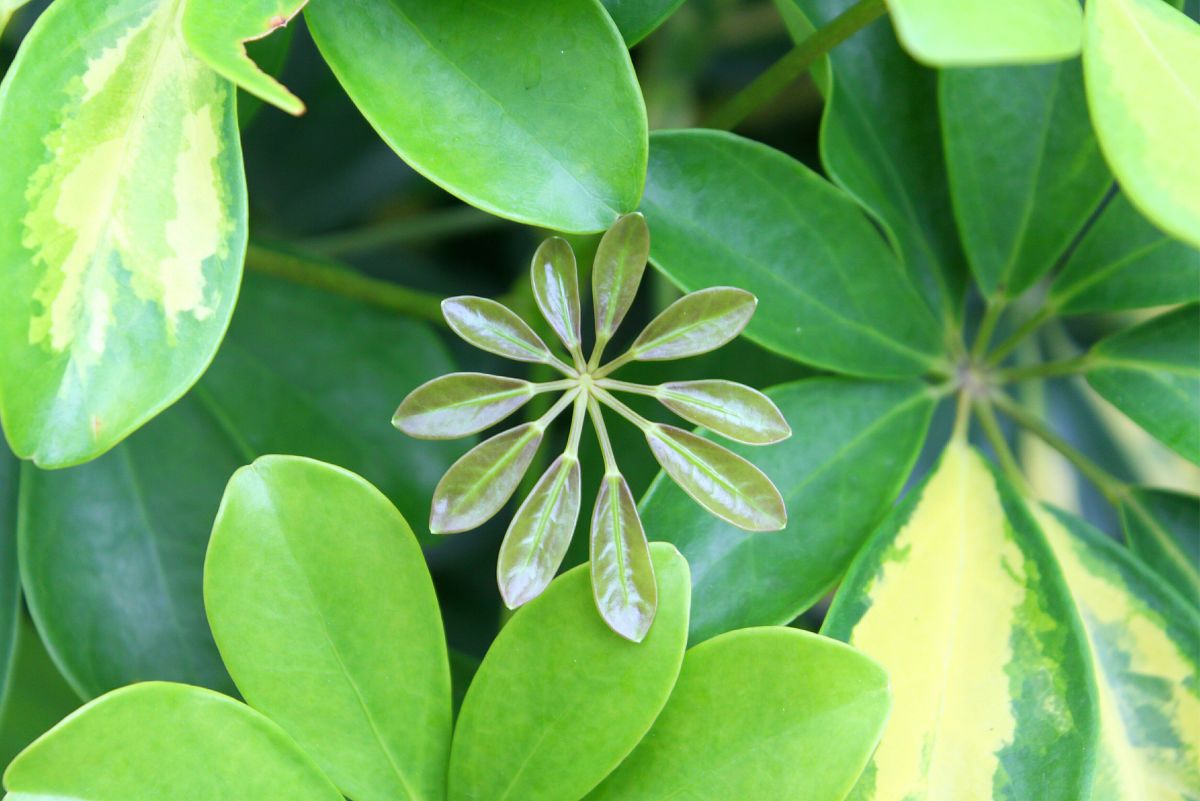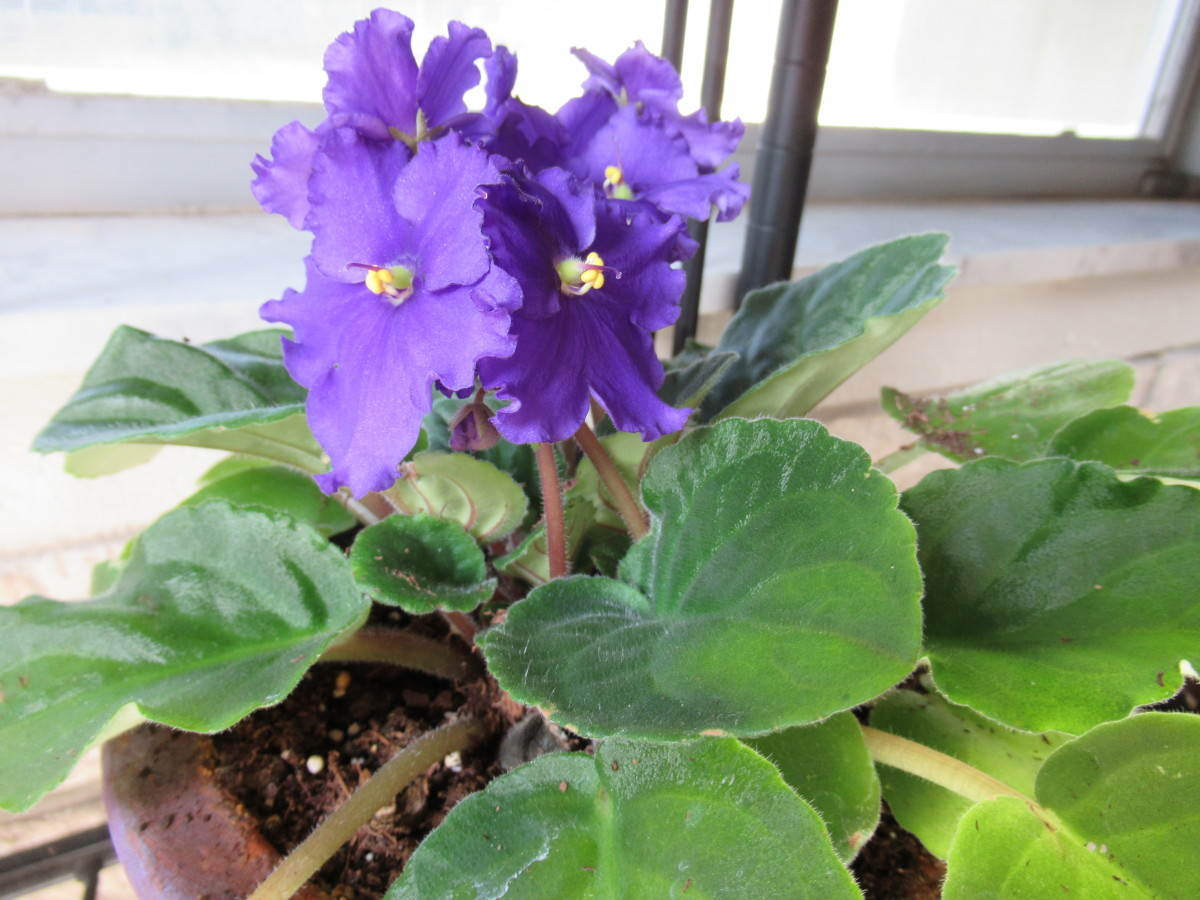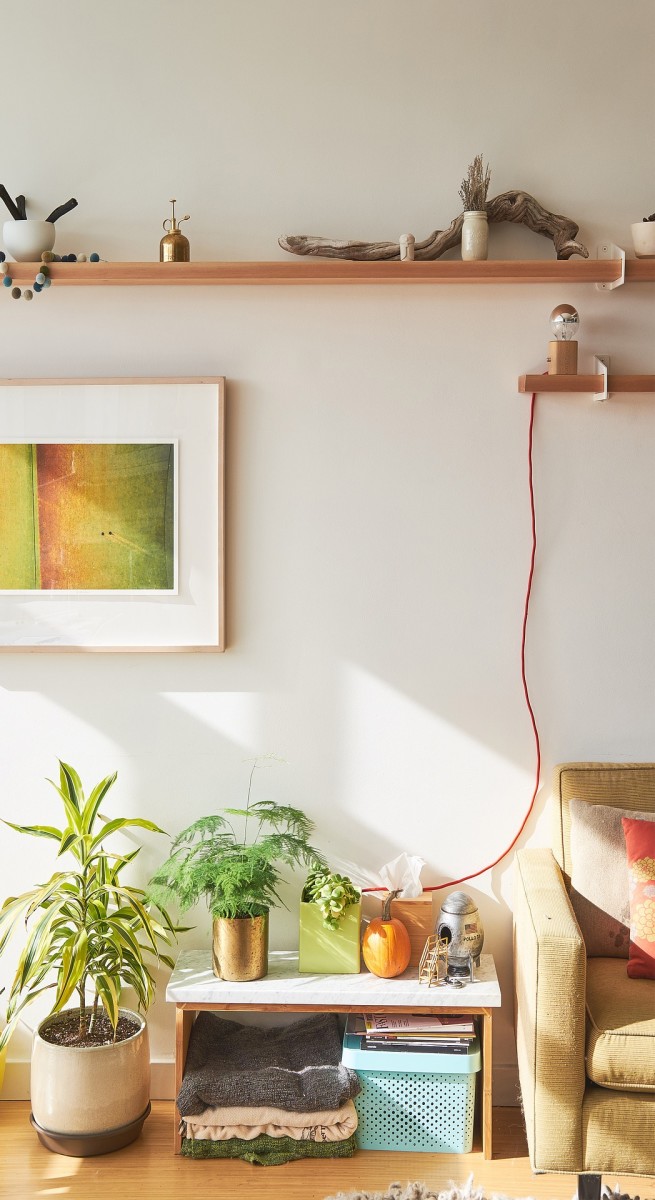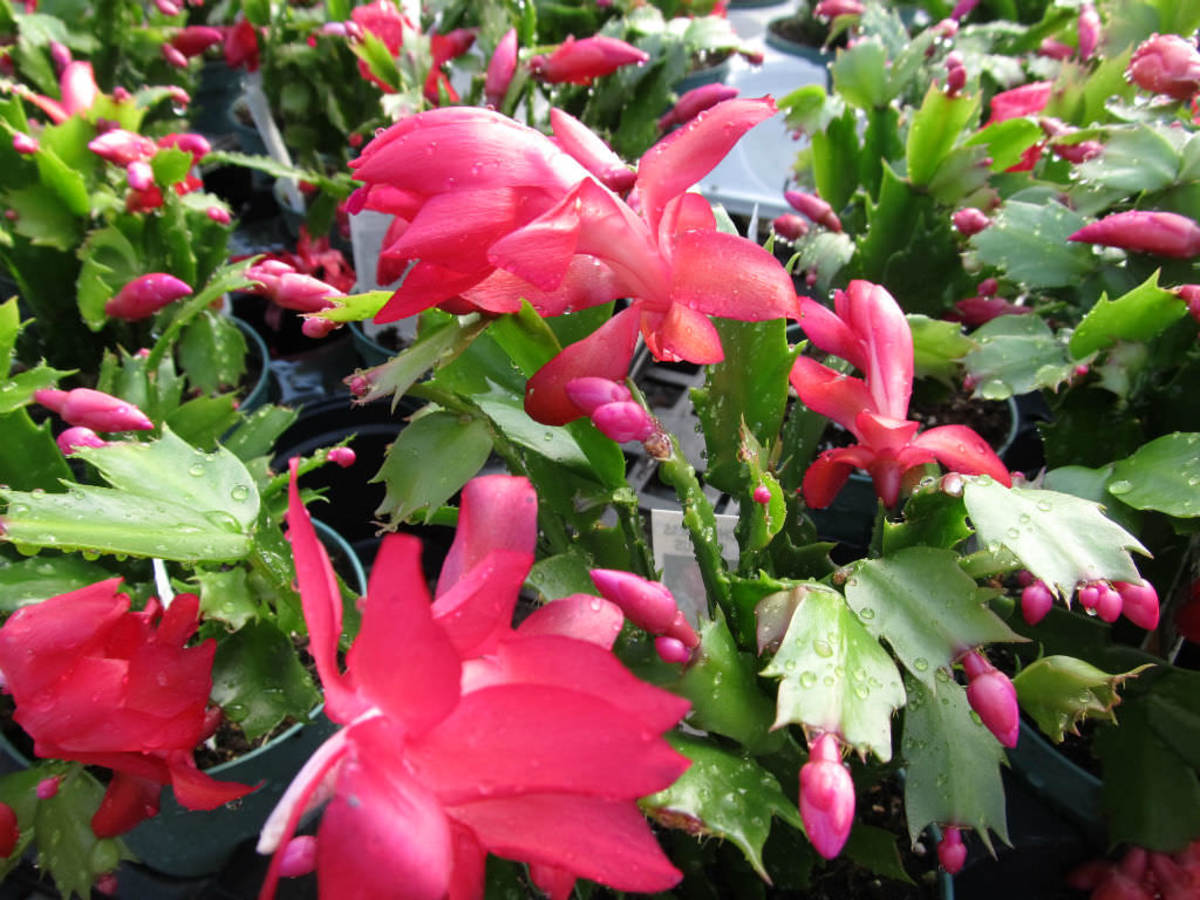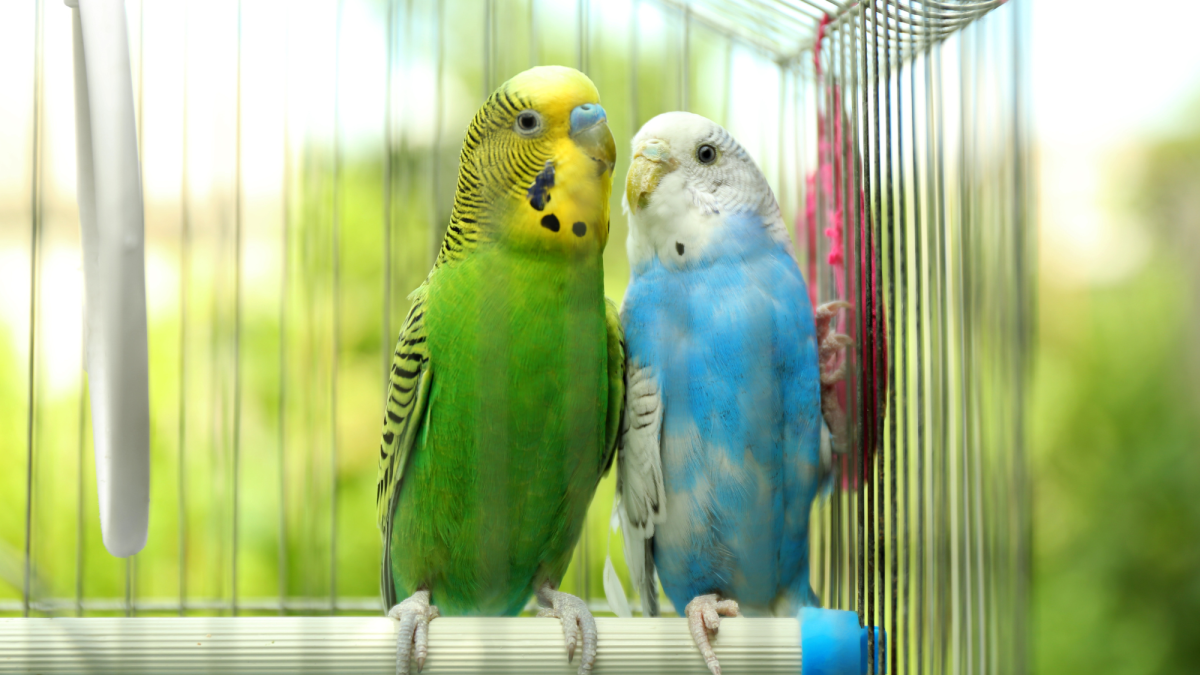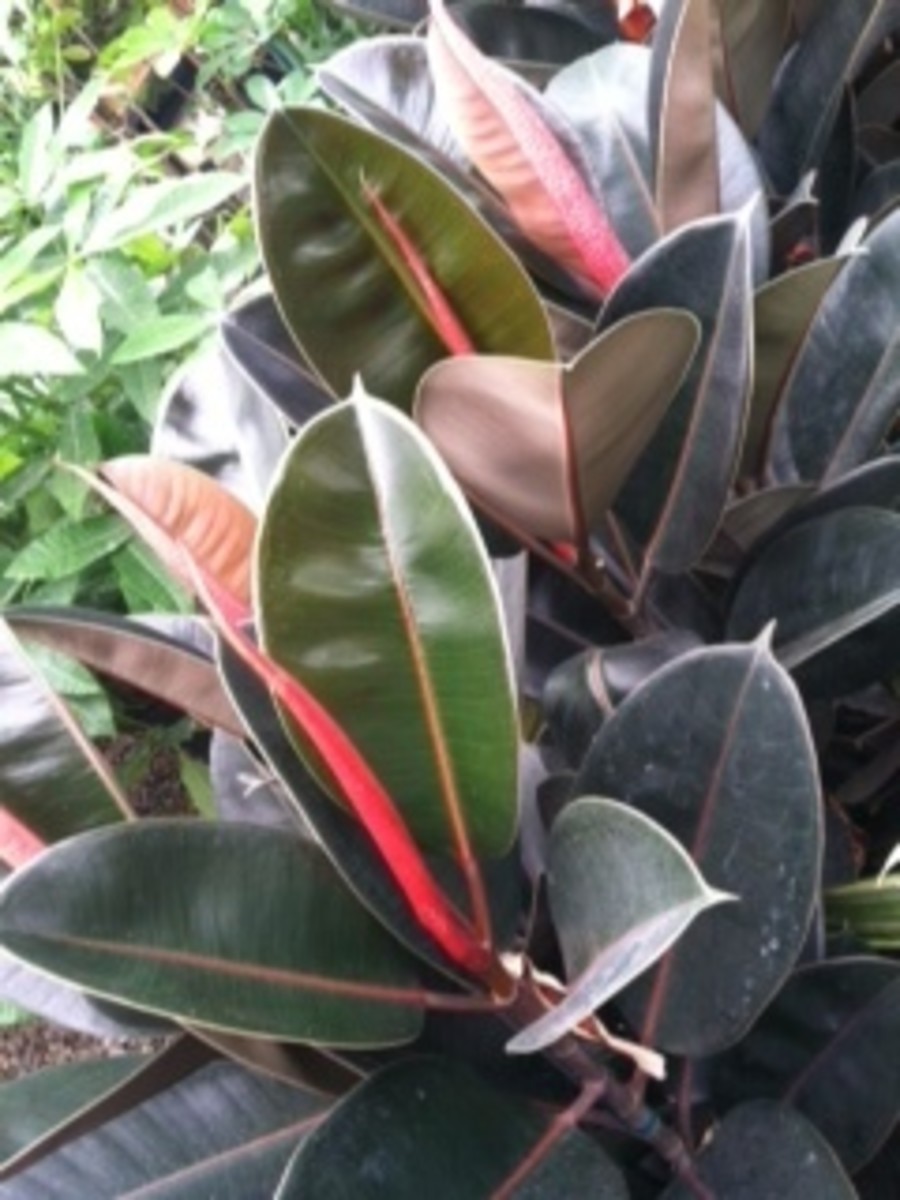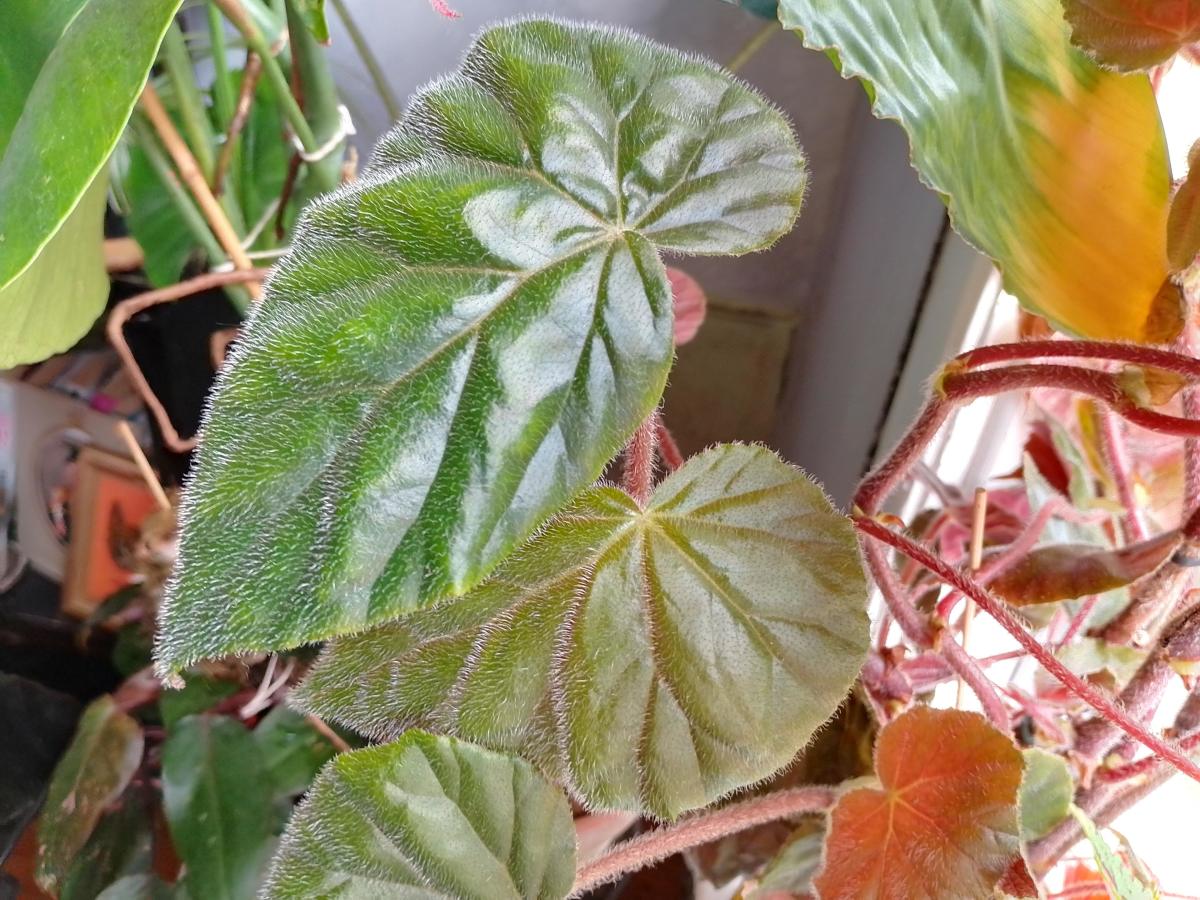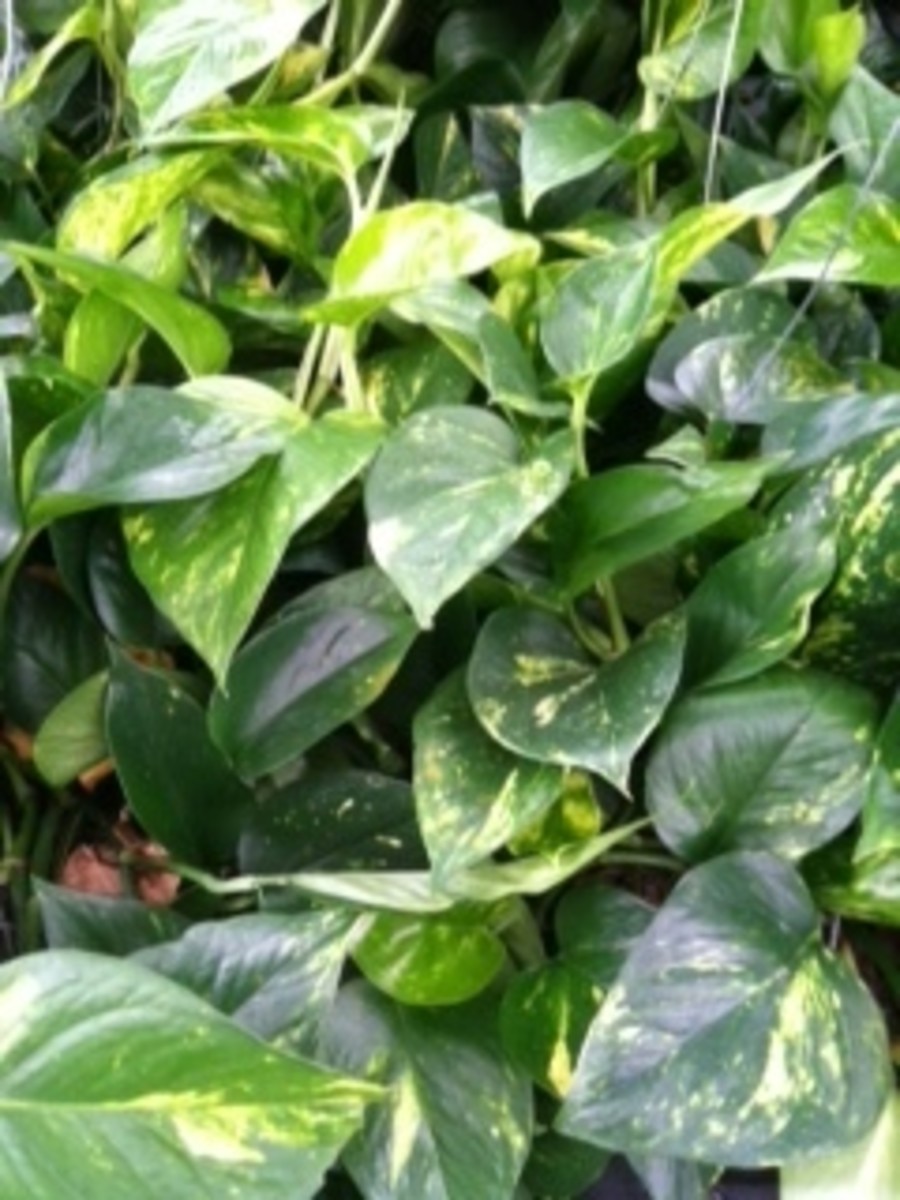- HubPages»
- Home and Garden»
- Gardening»
- House Plants
Care for Holiday Poinsettia

Red
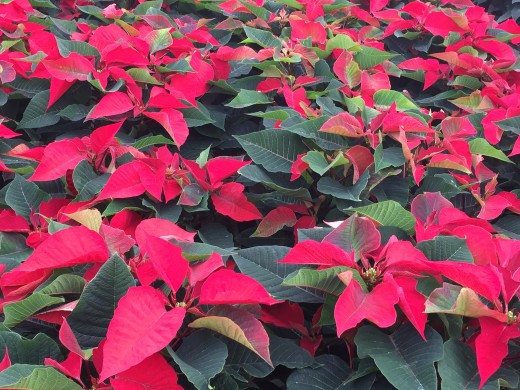
Native Habitat Southern Mexico & Central America
Selecting A Quality Plant
Yellow/Gold
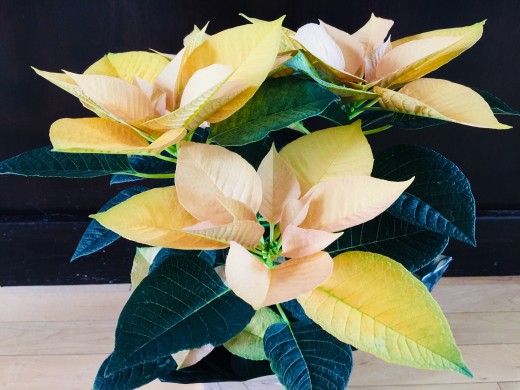
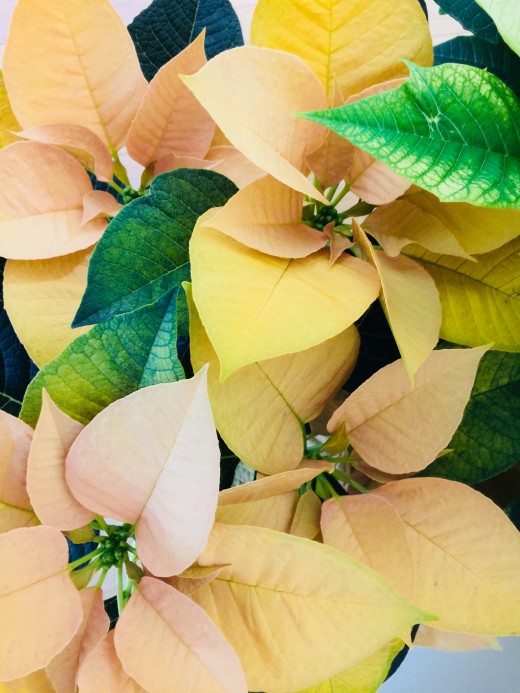
White

Selecting & Transporting Poinsettia
When bringing home your poinsettia from the store or delivering it for the holidays you must be very careful. Poinsettia are very fragile they snap, break, bleed, and scar easily so they must be handled with extreme care. Be sure that they do not get pressed in too tightly when packed in the backseat or trunk, and be sure that they are not handled roughly.
Poinsettia are tropical plants so they are adapted to a warm and moist environment. It is ironic that they have become an iconic holiday plant set amidst the backdrop of a winter wonderland. Taking the fact that these holiday beauties are adapted to warm humid environments makes it obvious that great care must be taken to keep them in temperate conditions during transport. Make sure that they are placed in a warm vehicle and any exposure to cold or snow is very brief. It is best to keep them at temperatures no less that 50 degrees, shoot for consistent comfortable living temperatures for best results. Do not leave them in a vehicle, and never leave them outside, on a porch, or exposed in anyway.
Peach
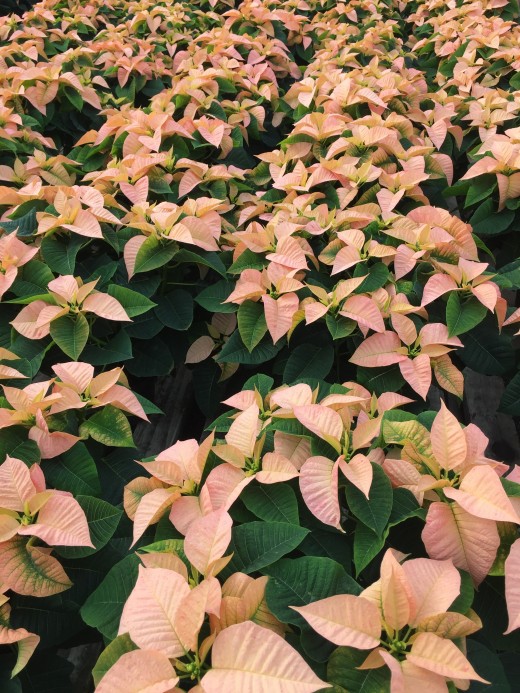
Self Destruction, Epinasty
Poinsettia are also prone to suffer from a condition called Epinasty. Epinasty occurs on Poinsettia that are left in boxes,or protective sleeves too long. It has also been known to occur when the plants are placed too closely together in a holiday display.
Ethylene gases produced by the plant naturally, get trapped inside boxes, sleeves, or tight spaces, this causes the plant to essentially asphyxiate itself in a way that will cause it to become permanently wilted. Poinsettia that have suffered from Epinasty will display a great deal of heavily wilted leaves and bracts that will be strongly attached to the stem. It may look as if a little water will correct the problem, but in a case of Epinasty poisoning the wilted appearance will remain no matter what amount of water is given.
Get those Poinsettia out of their boxes and sleeves as soon as possible, when they arrive at their destination. If you have any suspicion that a Poinsettia has been sitting on a sales floor bundled in a package for any significant amount of time I would recommend avoiding purchase of that Poinsettia. Epinasty can onset in as little as 48hrs, keep in mind that aside from the time a plant may have been siting on a sales floor packaged it most likely had a shipping time prior to being set out on that sales floor further increasing the time those plants have been stewing in their own gases.

Choosing a Place for Display
Now you have a beautiful Poinsettia that has successfully arrived at your home or place of business, where should you put it? Does it make any difference where you put it?
The answer is yes, there are conditions that will help keep your Poinsettia healthier than others through the season, and there are some conditions to avoid all together.
Poinsettia being naturally acclimated to tropical climates are going to react poorly when placed in environments that take them far from those tropical conditions. Most homes and offices maintain interior temperatures perfect for Poinsettia, but on rare occasion's you may find that some office buildings turn their heating/cooling off over the weekends. If by chance this is the case you can expect to find some unhappy plants come Monday morning.
A common mistake in selecting a spot for a Poinsettia is placing it on, under, or next to a heat vent, in a doorway or anyplace that outside air is flowing in. Poinsettia will dry out very quickly if placed in a spot with high heat or airflow. Being a very reactive plantdicoloration and extreme leaf loss are common if exposed to continuous cold airflow from an opening exterior door. Exposure to extreme air flow either hot or cold will cause your Poinsettia to react very badly very quickly. Noticible changes in appearance, and death will occur.
A Poinsettia is a plant and like all other plants a Poinsettia perform photosynthesis, this process requires some amount of light. Even though Poinsettia are most often a temporary for the holidays the overall health and presentation of your plant will be optimum if light is provided. Any plants will begin to defoliate when light is unavailable, since the beauty of the Poinsettia is all about the colorful bract's you will not be left with much of a display if all of the leaves fall off. Sunlight is the ideal formof light, finding a nice spot that provides indirect sunlight will yeild the best results. If no natural light is available; fluorescent, and full spectrum lights also provide beneficial light.
Being that Poinsettia are so fragile, they scar and break easily it is best to select a location where they will not be trampled, bumped or even brushed by passers by. Poinsettia lining walkways, although a popular choice for placement, is not a great choice for an aestectically pleasing long term display. Plants placed in walkways take a lot of abuse from foot traffic and can be quickly, severely, scarred and broken leaving a tattered, disclored, and miserable looking display.
Choosing a good Spot for your Poinsettia:
- Keep in consistent comfortable indoor temperatures.
- Avoid drafts cold or hot.
- Avoid heat vents, doorways, and any other spots that expose Poinsettia to direct and excessive airflow.
- Provide beneficial light.
- Keep out of harms way.
By selecting a good place to keep your Poinsettia for the season you will be off to a great start keeping it lush and full till the end. Now all you have to do is water it correctly.
Transport/Placement Recap
Remember:
- Fragile, Handle with care.
- Keep them warm.
- Avoid, exposure to extreme temperatures.
- Get them out of boxes and sleeves as fast as possible.
- Avoid tight, compact, displays.
Paying mind to all of these factors will ensure that you deliver a fantastic healthy Poinsettia to its final holiday destination, but now what to do when it gets there?
Watering and General Poinsettia Care
Having selected just the right spot to display your fabulous Poinsettia, it is very important to get some water on it right away. For best results a Poinsettia should receive a thorough watering within the first two days of being placed. All of the rapid environmental change a Poinsettia is subjected to is very stressful on the plant, it will require a very good drink once it is in place.
Recommended Watering Technique
Best practice for watering requires a deep drip liner
- Place this liner on the outside of the decorative foil cover and or grow pot.
- Make sure that the foil cover has holes or slits cut through its bottom to allow the plant access to excess water that should be left in the deep liner.
- Add water until it flows through into the deep liner. Allow the liner to fill about halfway.
- On first water recheck the plant 10 to 20 minutes after application, since these plants are often overly dry and distressed after transport they may quickly absorb all of the water and require a 2nd application. This should only need to be done for the first watering the Poinsettia should adjust and begin to use less water after that unless it has been placed in a spot of extreme heat, light, or airflow.
- Aside from the first very thorough watering, it is recommended that Poinsettia be watered by filling the liner, and allowing the plant to absorb the water into the soil with capillary action.
Watering about once a week should be sufficient to keep your plant moist and healthy. Poinsettia are typically heavy drinkers light, and temperature will be the factors that change how much water the Poinsettia will use from week to week. For less light and cooler temperatures reduce watering amount and or frequency. In higher light, greater heat and airflow increase of water amount and frequency may be needed.
Aside from watering make sure to clear any foliage that may dry up and fall in or around it's pot. Keeping the soil clear of this type of organic debris, and avoiding leaving the soil overly moist, will help to prevent inciting a nasty case of Fungus Gnats, a very common houseplant pest associated with Poinsettia.
Now you have all the information needed to care for a stunning Poinsettia during the holiday season.
The trick to a happy healthy Poinsettia involves conscientious transport, placement, and consistent care.
Happy Holidays!
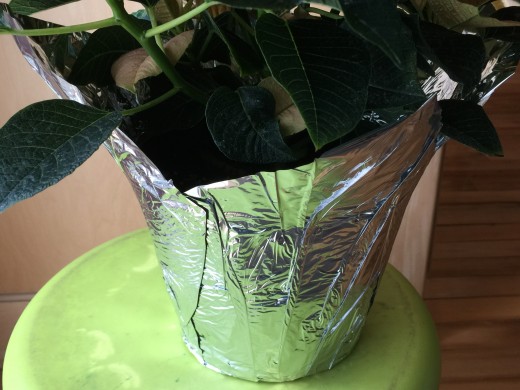
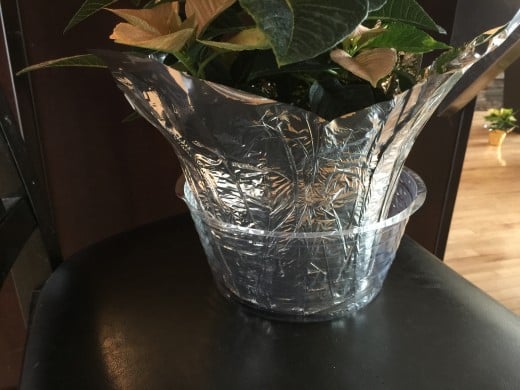
Sea of Red Bracts in Greenhouse
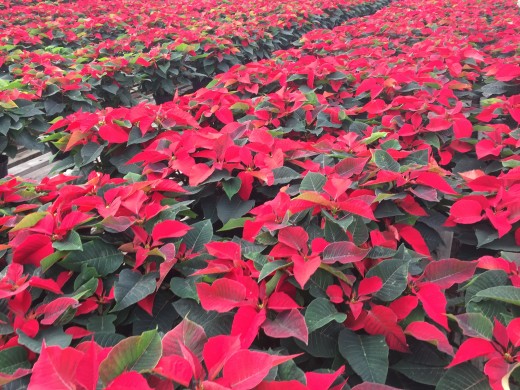
Other FAQ's about Poinsettia
Many people are interested in keeping and rejuvenating a Poinsettia from season to season, my recommendation is not to bother, it tends to be more work than its worth and a nice viable full plant is rarely the result however if you are a die hard and really want to torment yourself trying to resurrect a Poinsettia year after year the link below may have the information you are looking for.
People are often concerned that Poinsettia are poisonous.Poinsettia are not poisenous, but the white sap that they ooze when damaged can be highly irritating if it comes in contact with skin. The sap can cause itching and in some cases rash and swelling. Poinsettia is not poisonous but can be an irritant. Poisonous or not it should not be ingested, it is not meant to be an edible plant and anything that is not meant to be eaten will make you sick if you eat enough of it.
Re-blooming; Restoring Red Bracts
- BBC - The One Show - One Passions Blog: How do you get Poinsettias red again?
BBC The One Show's One Passions blog. Get creative and share your passions, hobbies and interests with the programme. Get more information and watch exclusive videos. - Caring for My Poinsetta.
I am a novice when it comes to taking care of my poinsettia, but I have had it flower twice in the past two years and I am hoping to time the flowering for the holidays this year. I hope that my little bit of information on how I care for my plant he
Are Poinsettia Poisonous?
- Fact or Fiction, Are Poinsettia Plants Really Poisonous? by MedicineNet.com
Truth or Myth, is the beautiful poinsettia plant really poisonous? Dr. Stoppler uncovers the truth.

